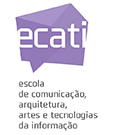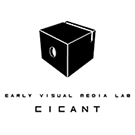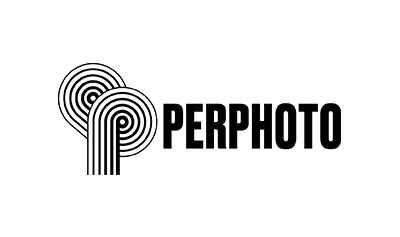Creative reenactments of historical immersive experiences [EN]
Martyn Jolly
For several years a collaborative team of composers, musicians, artists, performers and historians has recreated the immersive experience of magic lantern shows for contemporary audiences. As part of the research project ‘Heritage in the Limelight: The Magic Lantern in Australia and the World’ we have developed live performances physically combining new creative elements with actual historical magic lanterns and glass slides. In magic lantern shows audiences sat shoulder to shoulder in the dark and collectively experienced visual and aural effects as transforming images interacted with voice and music. This ubiquitous apparatus formed a fundamental archaeological substratum to the special effects of today’s media spaces. But for contemporary audiences inured to subsequently developed media thrills, the apparatus’s original experiential power can seem quaint and distant. Therefore, our intention has not been to ‘authentically’ reproduce an historical event, nor to simply add a ‘retro’ flavour to a contemporary multimedia performance, but to develop ways — ranging from algorithmic coding to microscopic glass painting —contemporary audiences can reconnect with the original ‘magic’ of the lantern. We have used various strategies, including elements of verbatim theatre, site specific reenactment, and creative re-use, to encourage our audiences to reflect on the historical reality of the magic lantern show as an ‘experiential object’. Addressing the conference themes of ‘Photography, Cinema and Sound Archaeologies’, ‘Performance and Visual Media’, and ‘Cultural Heritage and the Digital Age’, I will examine the new strategies historians and museums need to develop as heritage becomes less tangible and more experiential. When historians are seeking to understand the immersive media experiences of the past in their historical and material specificity, and museum visitors are seeking to engage with their heritage in a more directly experiential way, what can be learnt from our creative, site specific, performances of historical immersive technologies?
Dr Martyn Jolly is an honorary Associate Professor at the Australian National University School of Art and Design. As lead investigator on the Australian Research Council Discovery Project ‘Heritage in the Limelight: The Magic Lantern in the Australia and the World’ he has developed, along with the composer Dr Alexander Hunter from the ANU School of Music and the historian Dr Elisa deCourcy from the ANU Research School Humanities and the Arts, collaborative site-specific magic lantern shows at the Bundanon Trust (New South Wales), the National Portrait Gallery (Canberra), the Centre for Contemporary Photography (Melbourne), Mount Stromlo Astronomical Observatory (Canberra), the National Film and Sound Archive (Canberra), the Cellblock Theatre (Sydney), ACT Historic Places (Canberra, forthcoming), and the Australian Centre for the Moving Image (Melbourne, forthcoming). His recent publications include: ‘Empire, Early Photography and Spectacle: the global career of showman daguerreotypist, J.W. Newland’, (co-authored with Elisa deCourcy), Bloomsbury (forthcoming). ‘The magic lantern at work: witnessing, persuading, experiencing and connecting’, in The magic lantern at work: witnessing, persuading, experiencing and connecting, New York: Routledge, edited by Martyn Jolly and Elisa deCourcy, 2020. ‘The magic lantern at the edge of empire: The experience of dissolving views and phantasmagoria in colonial Australia’, in A Million Pictures: Magic lantern slides in the History of Learning, KINtop studies in early cinema, Indiana University Press, Frank Kessler, Sarah Dellman, (eds) (forthcoming) ‘The Circus and the magic lantern’ (co-authored with Elisa deCourcy), in Circus Science and Technology: Dramatising Innnovation, edited by Anna-Sophie Jürgens, Palgrave Macmillan (forthcoming). ‘The Light of the World: Transport and Transmission in Colonial Modernity,’ Journal of Early Popular Visual Culture, Vol. 17, No. 2. ‘Practice-led research by creative re-use in the Australian Research Council Project Heritage in the Limelight: The Magic Lantern in Australia and the World’, Journal of Early Popular Visual Culture, Vol. 17,







